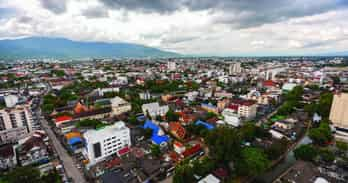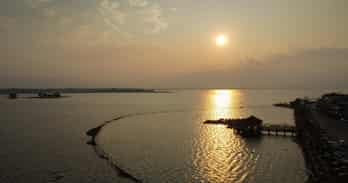Tourism is one of the most crucial sectors in the Chiang Mai economy. According to the Chiang Mai Chamber of Commerce, in 2018 Chiang Mai welcomed over 10 million tourists, 3.2 million from overseas and 7.5 million domestic visitors to the city. According to Pakkanan Winijchai, director of the Chiang Mai branch of the Tourism Authority of Thailand in 2018, there was an increasing percentage of free independent travellers (FIT) as opposed to tour groups with a ration of 70:30 in favour of the FITs.
Since 2012 Chiang Mai has been a significant destination for Chinese tourists. The catalyst for this boom was the hit Chinese feature film, Lost in Thailand, much of which was set and shot in Chiang Mai. Since then the numbers have climbed to reach, by some estimates over one million Chinses tourists a year. Tourist numbers from other Asian destinations have also grown with many direct international flights flying into the city daily. Chiang Mai remains popular with visitors from the west attracting large numbers of Europeans and Australians in particular.
One downside of the tourist business is its seasonality. Peak time runs from late October to the end of January. Tourists understandably avoid the city during the well-publicised ‘pollution season from February to April-May with an increase through the rainy season which runs from June to November.
The seasonal nature of demand creates difficulties for many tourist and hospitality businesses who make hay during the peaks but can struggle to find customers during the fallow months.






